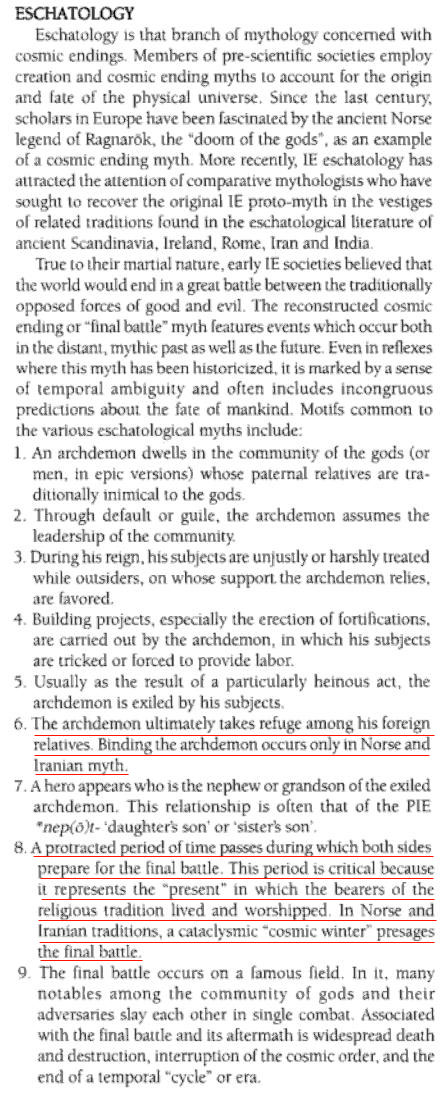Sorry, I thought you mean nothing has been published about these haplogroups and these are just some non-official data in the web.
Is it really believable that it is just by coincidence that both in Afghanistan and Pakistan they have mistaken another haplogroup with R1b1a1a2a1a1c2b2b1a2?! I really can't believe it.
Pre-print is where the papers initially go for review to look for errors. It is not coincidence, nor is this a conspiracy this is science, scientists don't set out with a theory and then look for evidence, they acquire data and then build from there. I've looked through the Y-calls and they are really quite inconsistent there are some that are consistent but that is because they follow phylogeny well (and they are high quality samples), some are somewhat questionable others are extremely questionable. It's not about belief here, it's about the data and the reads and probabilities and how a new computer program (by new I mean very new) interpreted the data. Anyway this paper with its corrections has gone through peer review (
the data currently out on bioXriv is NOT the new stuff that is set to be released) and it will be published eventually, it could be as long as 6 months.
We will always find samples that present low coverage, damage, etc. due to the nature of genetic material (it degrades over time) and the chemical processes that human bodies undergo when buried in various types of soil or other materials, we know some soils are acidic and they damage the DNA if not entirely destroying it. Damaged DNA can cause incorrect sequence reads due to the damage (it can alter how the nucleobases are interpreted), there are many studies where some samples are reported with no haplogroups at all due to the damage, or are given very basal calls due to the damage and being unnable to read the bases along the "strands".
Anyway,
Some of the calls that ARE consistent are S8505.E1.L1., S8504.E1.L1., I6550, I6549, I1784, S8524.E1.L1., I2927, I2128, S8194.E1.L1., I6553, I3262, I1985, and many others
Some of the inconsistent calls are S8527.E1.L1., Darra-i Kur, S8998.E1.L1., I1003, I1992 etc. to name a few of them.
Several of the Haplogroup Q people in the supplementary excel file are from the Steppe (Sintashta, Khvalynsk, etc.)
Oh sorry man I thought its the official version released, but yes the "date" I didn't see my bad! but its been so long why its taking so long for them to publish full version, by the way other good results could not be wrong in this paper like the general ancestry of S.asians, C.asians which are so important.
No worries, it has been a really long time! There were rumours of this paper being connected to another study coming out of India that was taking a long time too, however as I just mentioned the Central/South Asia paper has undergone peer review and when it is released the new corrected/improved data will be published. In regards to the pre-print judging by some of the samples, many are accurate, or partially accurate (with some missing calls that potentially negate the final call) and others are quite inconsistent, just the nature of testing DNA. I agree testing the DNA of Central Asians and South Asians is important (as is testing every population group!)
Read this blog of Davidski, it's very clear that the genetic profile of Nordic Bronze (LNBA) is basically the cluster (=origin) that formed the Germans of the Iron Age and later.
http://eurogenes.blogspot.com/2019/05/who-were-people-of-nordic-bronze-age.html
Good read!



